Mastering Collision Frame Repair: From Damage Assessment to Realignment
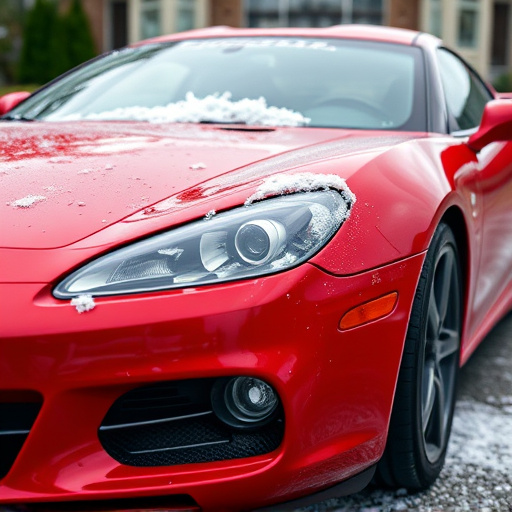
Collision frame repair is a vital process for vehicles like Mercedes Benzes after an accident. Train…….
Collision frame repair, a specialized sector within the automotive industry, involves the intricate process of restoring vehicles damaged in accidents or collisions back to their pre-incident condition. This meticulous art combines technical expertise, advanced engineering, and precision craftsmanship to ensure safety, functionality, and aesthetic appeal. The significance of collision frame repair lies not only in its role as a critical service for vehicle owners but also in its profound impact on the global automotive landscape.
In an era where vehicles play a pivotal role in our daily lives, the need for efficient and reliable frame repairs has never been more pressing. This article aims to provide an extensive exploration of collision frame repair, delving into its intricacies, global reach, economic implications, technological innovations, regulatory frameworks, challenges, and future prospects. By the end, readers will gain a comprehensive understanding of this vital industry and its role in shaping safer and more sustainable automotive practices worldwide.
Collision frame repair, also known as vehicle structure or body repair, is the process of repairing or replacing damaged components of a vehicle’s frame and body after a collision. This includes straightening bent frames, realigning panels, and ensuring structural integrity while adhering to strict safety standards. The scope encompasses various vehicle types, from passenger cars and trucks to motorcycles and heavy machinery.
The core components of a collision frame repair involve:
Frame Inspection: Highly skilled technicians thoroughly inspect the vehicle’s frame for damage, using advanced tools like laser scanners and digital measuring systems to capture precise data.
Frame Straightening: This critical step involves manipulating the metal to return it to its original shape, ensuring structural stability and alignment. Modern repair shops utilize specialized equipment like hydraulic presses and computer-controlled straighteners.
Panel Replacement and Repair: Damaged body panels are either repaired or replaced, with precision welding and advanced bonding techniques ensuring a seamless finish.
Computerized Alignment: Advanced computers calibrate the vehicle’s suspension and steering systems to ensure proper alignment after repairs, enhancing safety and handling.
Finishing and Paintwork: The final stages involve meticulous paint application and finishing to match the vehicle’s original color and specifications, ensuring an aesthetically pleasing result.
The practice of collision frame repair has evolved significantly over the years, driven by advancements in technology, safety standards, and environmental considerations:
Early Days: In the early 20th century, frame repairs were largely manual, with simple techniques like hammering and welding. The focus was primarily on structural integrity rather than precision alignment.
Industrialization and Automation: The mid-20th century saw the introduction of hydraulic presses and automated straightening machines, revolutionizing the industry’s capabilities and efficiency.
Safety and Precision Standards: With evolving safety regulations, collision frame repair became increasingly specialized. The development of computer-aided design (CAD) software and laser scanners enabled precise measurements and repairs, ensuring vehicle safety and performance.
Environmental Concerns: Recent years have witnessed a growing emphasis on eco-friendly practices. Modern collision repair shops employ recycled materials, water-based paints, and advanced recycling techniques to minimize environmental impact.
Collision frame repair is a global industry, with its reach extending across continents, reflecting the universal need for vehicle restoration and safety. The influence of this sector can be observed in several key areas:
North America: Known for its advanced automotive manufacturing and strict safety standards, North American collision repair facilities set benchmarks for precision and technology adoption. The region’s robust insurance industry further drives innovation and efficiency.
Europe: European countries, with their rich automotive heritage, have well-established collision repair industries. Strict environmental regulations and a focus on lightweight materials shape the regional trends.
Asia Pacific: Rapidly growing economies in this region present unique challenges and opportunities. China, for instance, has seen a surge in vehicle ownership, driving the demand for collision repair services. Japan’s reputation for precision craftsmanship influences repair standards across the globe.
Several trends are shaping the future of collision frame repair globally:
| Trend | Impact and Insights |
|---|---|
| Digitalization: The adoption of digital technologies, including CAD software, 3D scanning, and augmented reality (AR), is transforming repair processes. These tools enhance accuracy, streamline work, and enable remote consultation. | Digitalization improves efficiency, reduces errors, and allows for remote collaboration between technicians worldwide. |
| Sustainability: Environmental concerns are driving the industry towards eco-friendly practices. This includes the use of recycled materials, water-based paints, and efficient energy systems in repair facilities. | Sustainable practices not only minimize environmental impact but also attract environmentally conscious consumers. |
| Telematics and Data Analytics: The integration of telematics devices and data analytics provides valuable insights into vehicle performance and collision patterns. This data can guide predictive maintenance and improve safety standards. | By analyzing real-world data, repair shops can anticipate potential issues, enhance service offerings, and personalize customer experiences. |
| Advanced Materials: The development and adoption of lightweight materials, such as advanced high-strength steel (AHSS) and composite materials, are revolutionizing vehicle construction and repair techniques. | Advanced materials offer improved safety, fuel efficiency, and reduced weight, presenting new challenges and opportunities for collision repairers. |
The global collision frame repair market is a significant segment within the broader automotive aftermarket industry, characterized by dynamic dynamics influenced by various factors:
Regional Variations: Market size varies across regions due to differences in vehicle ownership rates, economic conditions, and regulatory frameworks. North America and Western Europe dominate, while Asia Pacific exhibits rapid growth.
Vehicle Fleet Turnover: The rate at which vehicles are replaced or retired significantly impacts the demand for collision repair services. Economic cycles, technological advancements, and changing consumer preferences drive fleet turnover.
Insurance Industry: The insurance sector plays a crucial role in the market dynamics, influencing repair costs, coverage policies, and customer expectations. Comprehensive insurance plans often encourage efficient, cost-effective repairs.
Collision frame repair facilities require substantial investments in equipment, training, and infrastructure to stay competitive. Key investment areas include:
State-of-the-Art Equipment: Upgrading to advanced tools like robotic welding machines, computer-controlled straighteners, and 3D printers enhances repair capabilities and efficiency.
Training and Education: Investing in technician training ensures a skilled workforce capable of handling complex repairs. Continuous learning and certifications keep repair shops at the forefront of industry advancements.
Research and Development: Collaborating with automotive manufacturers and research institutions can lead to innovative solutions, improved processes, and new business opportunities.
The collision frame repair sector contributes significantly to economic systems worldwide:
Employment Generation: Repair shops serve as hubs for skilled labor, employing technicians, welders, painters, and support staff, contributing to local employment rates.
Supply Chain Support: The industry supports a vast network of suppliers, from metal and plastic manufacturers to paint and equipment providers, fostering economic interdependence.
Economic Multipliers: According to industry reports, for every $1 million spent on collision repair services, approximately $3 million is added to the GDP, demonstrating its substantial economic impact.
The digital revolution has profoundly impacted collision frame repair, enabling more efficient, precise, and environmentally friendly practices:
Computer-Aided Design (CAD) Software: CAD systems allow technicians to design and plan repairs digitally, ensuring accuracy and minimizing waste. These tools also facilitate remote collaboration and consultation.
3D Scanning and Modeling: 3D scanners capture detailed vehicle data, enabling precise measurements and virtual repairs. This technology aids in complex alignment and structural analysis.
Augmented Reality (AR) Applications: AR headsets overlay digital information onto physical repair sites, providing real-time instructions, specifications, and safety protocols to technicians.
Advancements in material science have revolutionized collision frame repair:
Advanced High-Strength Steel (AHSS): AHSS offers superior strength-to-weight ratios, enabling the construction of safer, lighter vehicles. This material requires specialized repair techniques but provides improved performance and fuel efficiency.
Composite Materials: Composites, including carbon fiber and fiberglass, are increasingly used in vehicle construction due to their lightweight properties. Repairing these materials demands advanced training and specialized equipment.
Welding Technologies: New welding methods, such as laser and robotic welding, enhance precision and reduce material waste, contributing to more efficient repairs and environmental sustainability.
Automation plays a growing role in collision frame repair, improving productivity and safety:
Automated Straightening Machines: These machines use hydraulic pressure and precise controls to straighten frames with minimal human intervention, increasing speed and consistency.
Robotic Welding Systems: Robotic arms equipped with advanced sensors and AI capabilities perform welding tasks with high accuracy, ensuring consistent quality and reducing worker exposure to hazardous conditions.
Conveyor Systems: Automated conveyor belts streamline the flow of vehicles through repair shops, optimizing workspace and reducing processing times.
Collision frame repair is subject to various legal and regulatory frameworks that vary across jurisdictions, reflecting differing cultural, economic, and safety considerations:
Safety Standards: Strict safety regulations govern vehicle construction and repair, ensuring structural integrity and passenger protection. Organizations like the National Highway Traffic Safety Administration (NHTSA) in the US and Euro NCAP in Europe set benchmarks for collision performance.
Environmental Policies: Regulations aimed at minimizing environmental impact drive the adoption of eco-friendly practices. These include emissions standards, waste management guidelines, and recycling mandates.
Consumer Protection Laws: Legal protections safeguard consumers’ rights, ensuring fair pricing, transparent service, and quality repairs. Industry associations often collaborate with regulators to establish industry standards.
Regional differences in regulations present both challenges and opportunities for collision repairers:
North America: The US and Canada have well-established safety and environmental regulations, encouraging innovation and sustainability. The strictest standards often drive the adoption of cutting-edge technologies.
Europe: European Union (EU) directives mandate high safety and environmental standards across member states, fostering a unified approach to collision repair.
Asia Pacific: Rapidly growing economies may face challenges in keeping up with evolving regulations. However, countries like Japan and South Korea are known for their stringent safety and environmental standards, influencing regional practices.
Collision frame repairers often collaborate through industry associations to shape policies and promote best practices:
International organizations: Global bodies like the International Association of Automotive Manufacturers (IAAM) and the World Automobile Alliance (WAA) represent manufacturers and influence policy discussions.
Regional associations: Local and national associations, such as the Auto Care Association in North America and the European Repair and Reuse Network (ERRN), advocate for collision repairers’ interests and facilitate knowledge sharing.
Collision frame repair faces several challenges that impact its effectiveness and efficiency:
Skilled Workforce Shortage: The industry struggles with a shortage of skilled technicians, especially as experienced veterans retire and younger generations enter the workforce. Continuous training and apprenticeship programs are crucial to address this gap.
Complex Repairs with Advanced Materials: The increasing use of advanced materials, while offering benefits, presents complex repair challenges. Specialized knowledge and equipment are required for effective repairs.
Data Security and Privacy: As digital technologies integrate into collision repair processes, ensuring data security and customer privacy becomes critical. Secure systems and data protection protocols must be implemented.
Criticisms of the industry highlight areas where improvements can be made:
Environmental Impact: Early criticisms focused on the environmental impact of traditional collision repair methods, leading to the adoption of eco-friendly practices. Continued efforts to minimize waste and energy consumption are essential.
Cost and Insurance Coverage: In some cases, collision repair costs may exceed insurance coverage, causing financial strain on customers. Transparent pricing structures and policy discussions can address these concerns.
Quality Variability: The reputation of the industry has been impacted by inconsistent quality in repairs, especially in smaller shops. Standardized training programs and certification processes can enhance quality control.
Tesla, a pioneer in electric vehicle (EV) technology, has implemented unique collision repair solutions tailored to its all-electric vehicles. The company faces specific challenges with EV repairs due to the high-voltage batteries and specialized materials used in their construction. Tesla has addressed these issues by:
Specialized Training: Developing comprehensive training programs for technicians, focusing on EV-specific repair techniques and safety protocols.
Customized Equipment: Investing in custom equipment capable of handling the unique requirements of EV repairs, including specialized battery containment systems.
Digital Twin Technology: Employing digital twins, virtual models of vehicles that simulate their physical behavior, to optimize repair processes and predict potential issues.
Lessons Learned: Tesla’s approach demonstrates how collision repairers can embrace technological advancements and tailor solutions to emerging vehicle types, ensuring industry relevance in a rapidly evolving market.
Japan, known for its stringent safety standards, faced the challenge of repairing vehicles damaged in natural disasters like earthquakes and tsunamis. The country’s collision repair industry demonstrated remarkable resilience and innovation by:
Rapid Deployment Teams: Establishing specialized teams capable of rapid deployment to disaster areas, providing immediate vehicle restoration services.
Temporary Repair Facilities: Setting up temporary repair facilities using mobile units equipped with advanced tools, ensuring quick turnaround times despite limited resources.
Data-Driven Repairs: Utilizing detailed vehicle data and computer simulations to predict and plan repairs efficiently, minimizing the impact of natural disasters on transportation infrastructure.
Lessons Learned: Japan’s experience highlights the importance of adaptability, rapid response capabilities, and advanced technology in disaster recovery efforts, offering valuable insights for collision repairers worldwide.
The collision frame repair industry is poised for significant growth and transformation, driven by several emerging trends:
Autonomous Vehicles: The rise of self-driving cars will impact collision repair processes, requiring technicians with new skill sets to handle advanced sensor systems and autonomous vehicle repairs.
Connected Cars: As vehicles become more connected, collision repairers will need to address data security and privacy concerns while ensuring efficient communication between damaged vehicles and repair facilities.
Advanced Material Repairs: The development of new materials, such as advanced composites and lightweight metals, presents both challenges and opportunities for repairers, requiring specialized training and equipment.
Several factors will drive industry growth in the coming years:
Increasing Vehicle Fleet Turnover: Rising vehicle ownership rates and economic growth in emerging markets will drive fleet turnover, increasing demand for collision repair services.
Stricter Safety and Emissions Standards: Governments worldwide are implementing more stringent safety and emissions regulations, pushing manufacturers to design safer vehicles and challenging repairers to meet higher standards.
Digital Transformation Adoption: The continued adoption of digital technologies will revolutionize collision repair, improving efficiency, precision, and customer satisfaction.
Sustainability is set to become a defining characteristic of the industry:
Eco-Friendly Materials: The increasing use of biodegradable and recycled materials in vehicle construction aligns with environmental sustainability goals, presenting new opportunities for collision repairers.
Waste Reduction and Recycling: Industry initiatives focused on minimizing waste, maximizing recycling rates, and adopting closed-loop manufacturing systems will contribute to a more sustainable future.
Electric Vehicle Repairs: As EV adoption grows, collision repairers will need to adapt their skills and equipment to handle the unique challenges of repairing these vehicles, further emphasizing sustainability.
The collision frame repair industry stands at an exciting juncture, shaped by technological advancements, shifting regulatory environments, and evolving consumer expectations. As vehicles continue to become more complex, sustainable, and connected, collision repairers must embrace change, invest in training, and adopt cutting-edge technologies to remain competitive. The industry’s ability to navigate challenges, address criticisms, and capitalize on emerging trends will be crucial in shaping its future success and ensuring safe, efficient, and environmentally friendly vehicle repairs worldwide.

Collision frame repair is a vital process for vehicles like Mercedes Benzes after an accident. Train…….

Severe vehicle collisions cause both aesthetic and structural damage, requiring skilled mechanics fo…….
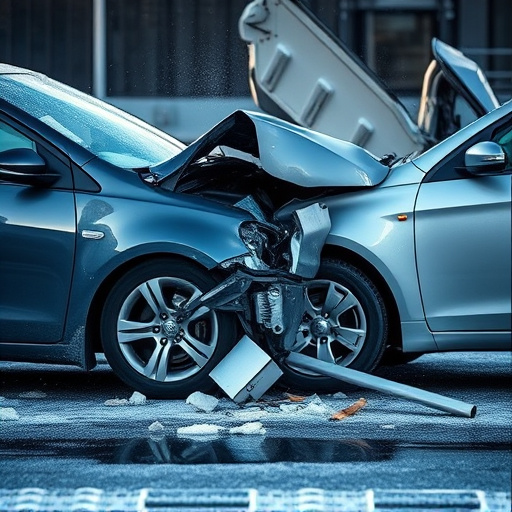
Collision frame repair is essential for vehicle safety after accidents, addressing hidden damages an…….
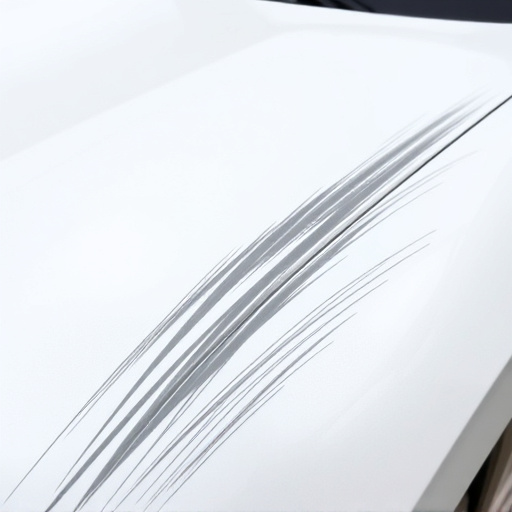
Selecting certified collision frame repair shops is crucial for quality and safety, ensuring industr…….
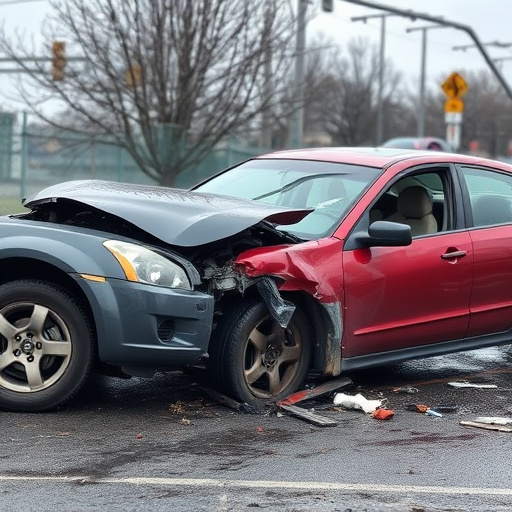
Advanced technologies like 3D scanning and CAD software have revolutionized collision frame repair,…….

OEM guidelines are crucial for collision frame repair, ensuring structural integrity, safety, and ve…….
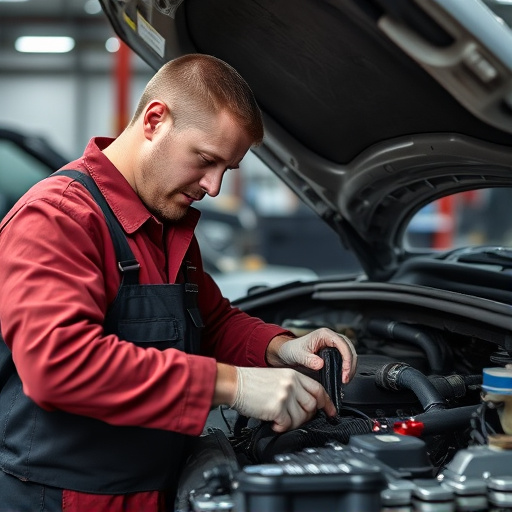
Rising collision frame repair costs by 2025 due to complex vehicle designs, material shortages, high…….
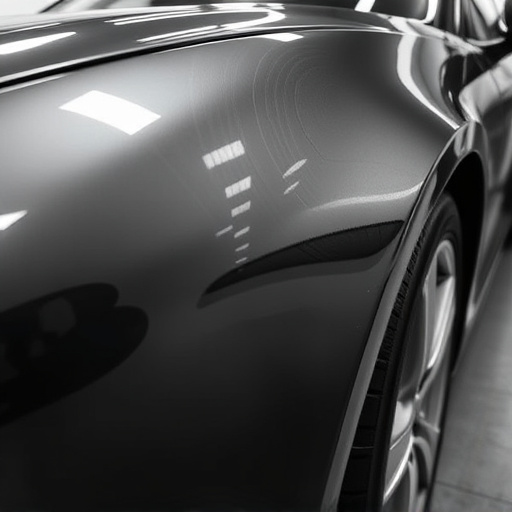
Post-repair inspections are a critical step in collision frame repair, ensuring structural integrity…….
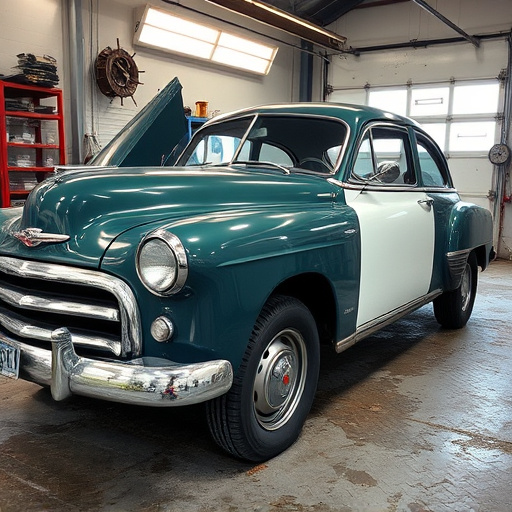
Post-repair inspections after collision frame repair are crucial for vehicle safety and quality assu…….
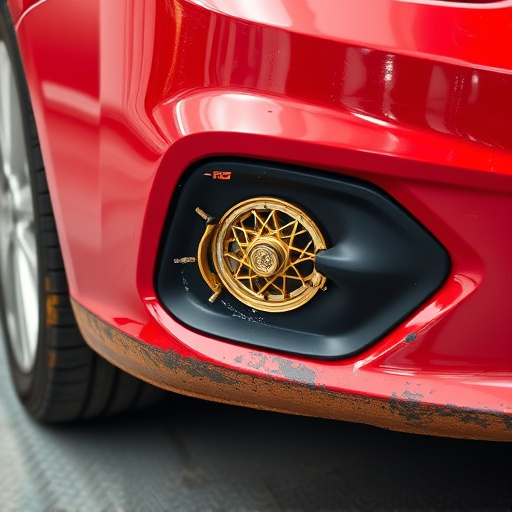
Precision tools are essential in collision frame repair, offering multiple benefits such as enhanced…….